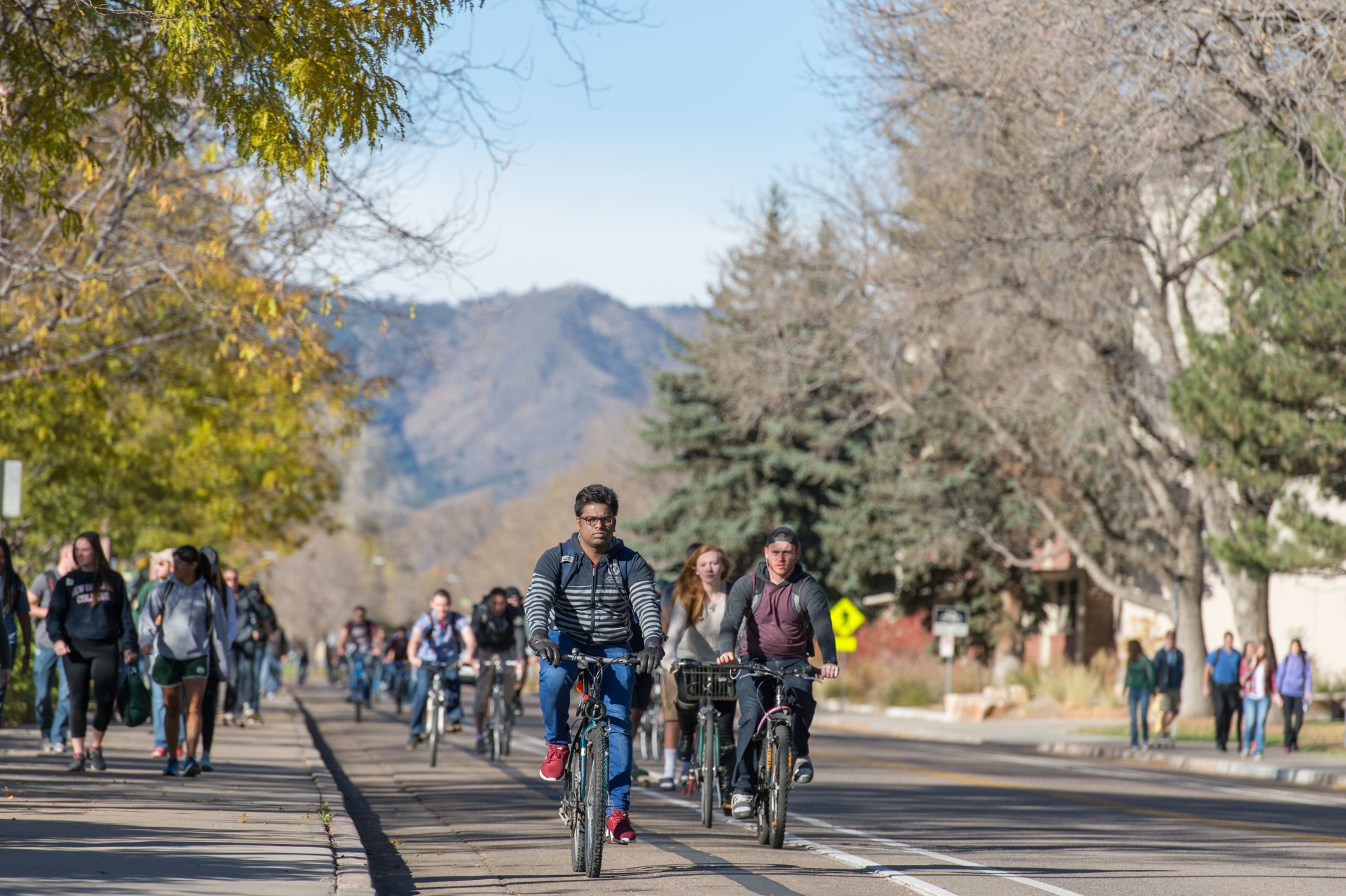
Just a few of the top on-campus sustainability practices at CSU
by Danny Collins
published March 19, 2024
Colorado State University stands as a pioneer of sustainability, fostering a commitment to environmental responsibility on its vibrant campus.
From cutting-edge initiatives to community engagement, CSU has set a remarkable example for eco-friendly practices. In an interview, Tonie Myamoto, co-chair of the President’s Sustainability Commission, here at CSU shared her knowledge of sustainability on campus now and moving forward. Her insights shed light on the university’s progressive efforts to reduce its ecological footprint.
Editor’s note
This story was produced in partnership with the Department of Journalism and Media Communication as part of a special class in which students get hands-on experiences developing and producing content with the Division of Marketing and Communications for SOURCE, the news website of CSU.
1. Pollinator Gardens
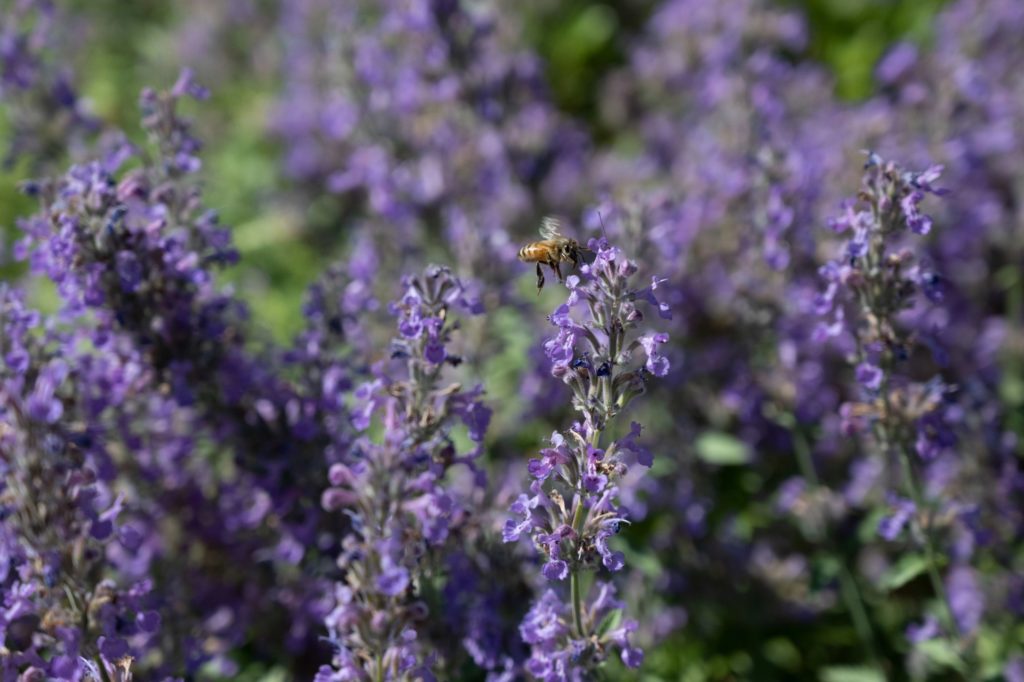
Scattered across CSU’s main campus are blooming pollinator gardens. These provide essential habitats for bees, butterflies and other vital pollinators. The gardens serve as a way of sustaining pollinators that have been displaced by the grass fields of campus. Aside from the gardens CSU also aids pollinators by incorporating clover into landscapes. Aided by the CSU Grounds crew and Apiculture Club, these gardens maintain thriving communities of flowers and pollinators alike.
2. Biking Programs
From the incredible amount of biking infrastructure like the expansive bike lanes to the free labor of The Spoke in Laurel Village all the way to the public tool stations, CSU is incredibly supportive of biking commuters on campus. CSU has achieved a platinum award from The League of American Bicyclists for its excellence in biking infrastructure.
3. GeoX
Hidden under the intramural fields are hundreds of wells dug to 400 feet as a part of CSU’s geothermal exchange system. The 80 miles of pipes reduce the carbon footprint of Moby Arena’s heating and cooling systems by harnessing the natural thermal energy under the soil. The Moby Arena complex energy use has dropped by 50 percent with the installation of the GeoX system.
4. Green Dining
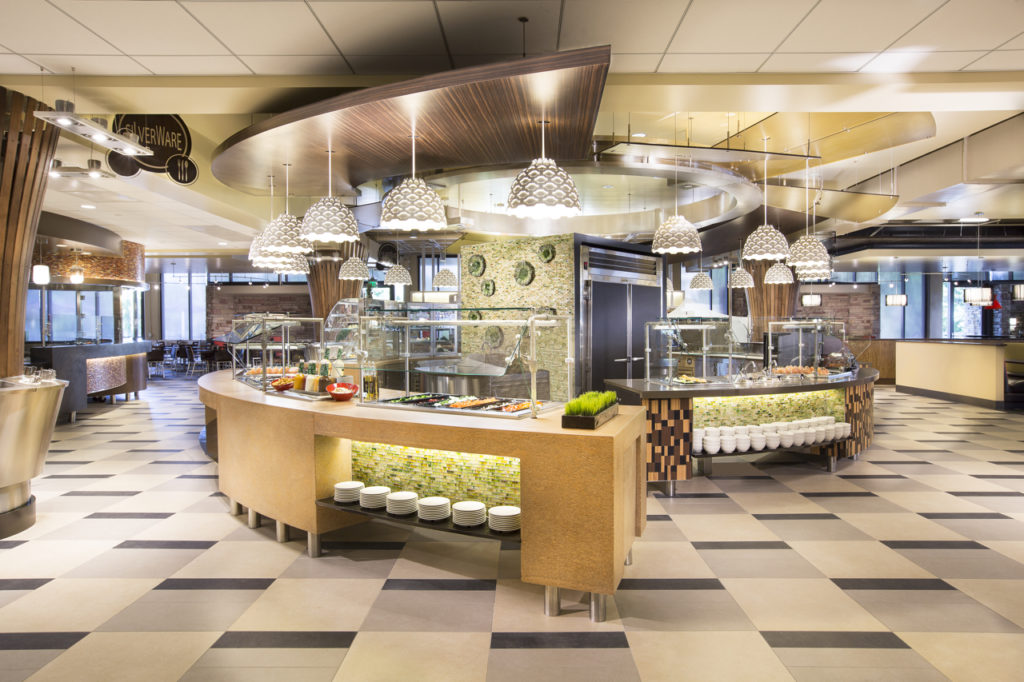
The dining halls here at CSU have several sustainable practices. One such practice is that some of the salad green served is also grown here on campus. The Horticulture Center here at CSU is responsible for providing over 6,300 pounds of produce since its beginning in 2017. Managed completely by students, this food program not only grows a year-round harvest, but they also harvest honey from the above mentioned pollinator gardens.
5. ReusePass
The ReusePass program, located at dining centers on campus, offers reusable containers as an eco-friendly alternative to single-use ones. Simply order through Grubhub, pick up at select locations, and return at any drop-off spot on campus. The impact speaks volumes: 69,507 containers diverted from landfills, 6,469 pounds of waste avoided, and a staggering 44,365 gallons of water saved during fall semester 2023. Since its inception in spring 2023, ReusePass users have collectively spared the environment from nearly 90,000 single-use containers, 8,300 pounds of waste and 57,000 gallons of water.
6. Composting in the LSC
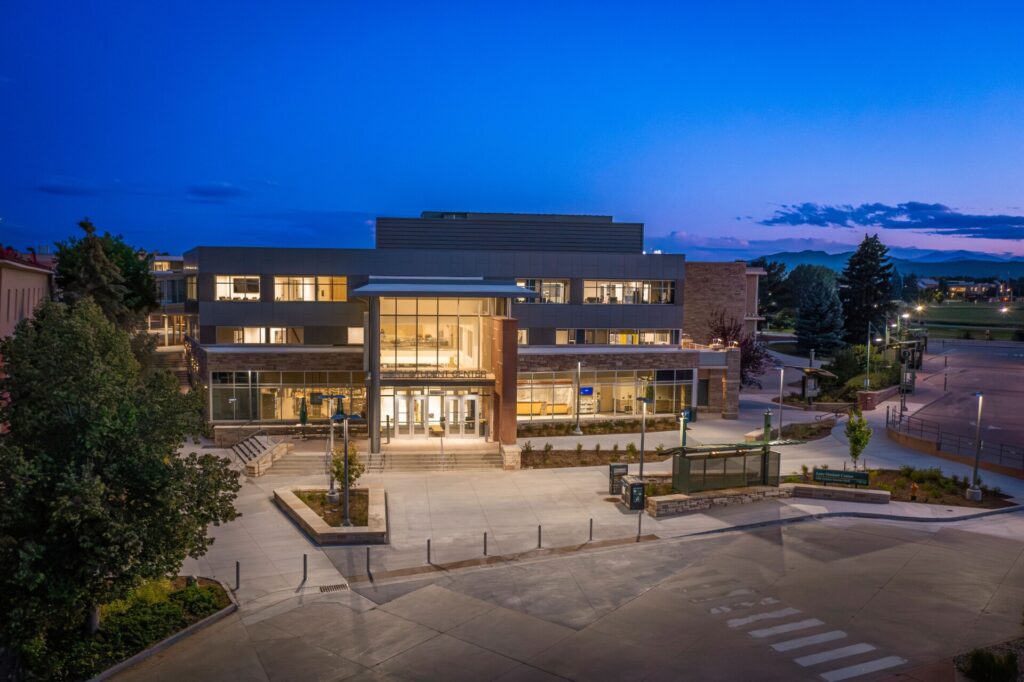
As of spring 2024, the LSC has now begun a composting program that students can take direct action in. Led by the Zero Waste Team and ASCSU, these bins are the third and final step in the LSC’s composting program. Any compostable waste put in these bins will head off to the windrow composting system at the CSU Foothills Campus. “Oscar” is CSU’s 30-yard capacity compost bin that diverts around 300,000 pounds of waste every year.
7. STARS Program
The Sustainability Tracking, Assessment & Rating System (STARS) is a high-level award given to institutions based on sustainability at all levels, including the classes taught on campus, types of chemicals used to clean campus, and even our levels of sustainability engagement on campus. In 2015, CSU became the first institution to achieve a platinum status.
8. LEED Program
There are 44 buildings on campus are LEED certified, including three Platinum-level buildings — Laurel Village Pavilion, Chemistry and the Powerhouse. Some of the most sustainable aspects of the buildings revolve around the 100% recycled carpets, or the use of garage doors to maintain interior temperatures, or even their proximity to public transit systems. The reclaimed shipping containers of the Foundry as well as their 35% alternatively powered electricity help to keep CSU as sustainable as possible.
9. Solar Arrays
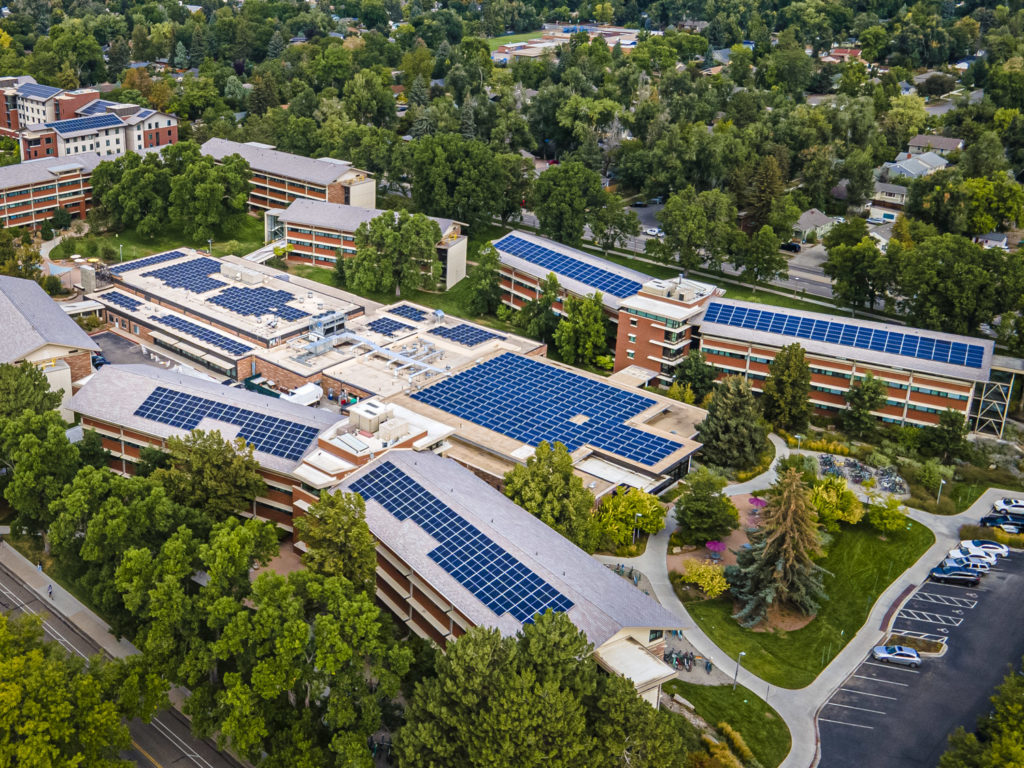
Although it may be hard to see from the sidewalks, several of CSU’s rooftops are covered in solar panels. Since the first installations in 2009, CSU’s solar panels have offset some of our carbon footprint. Thanks to these panels CSU has sequestered enough energy from the sun to power the equivalent of the amount of gas needed to drive 7.4 million miles or enough to power 827 homes for a year.
10. Climate Action Plan Commitments
CSU is committed to 100% renewable electricity by 2030 and net zero carbon neutrality by 2040. This pledge will cover the 12 million square feet that CSU encompasses in all its properties. Right now the biggest barrier is CSU’s source of electricity, which is 51% of our greenhouse gas footprint, but with all the above programs and countless others not mentioned, CSU is still on track to hit its goals.